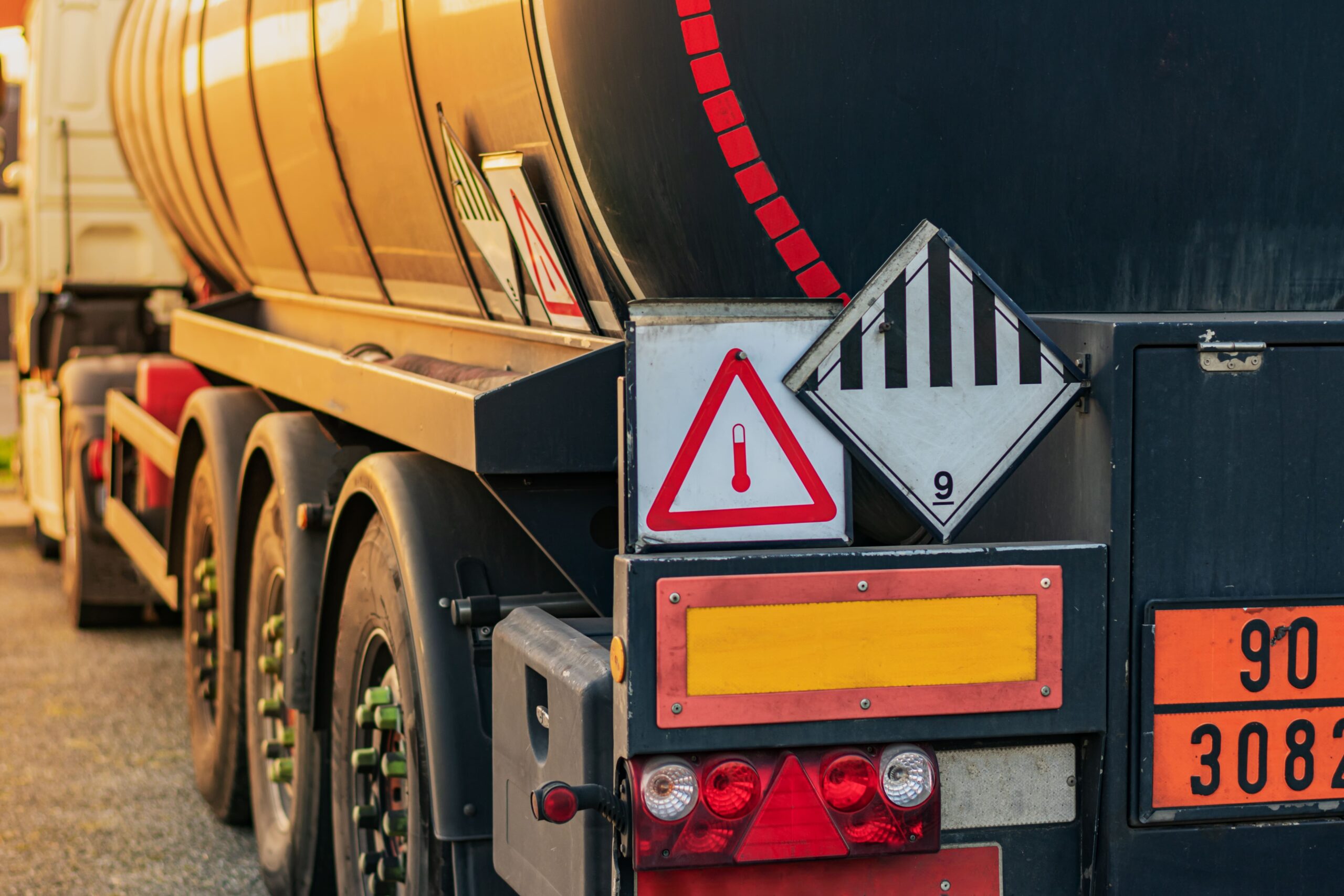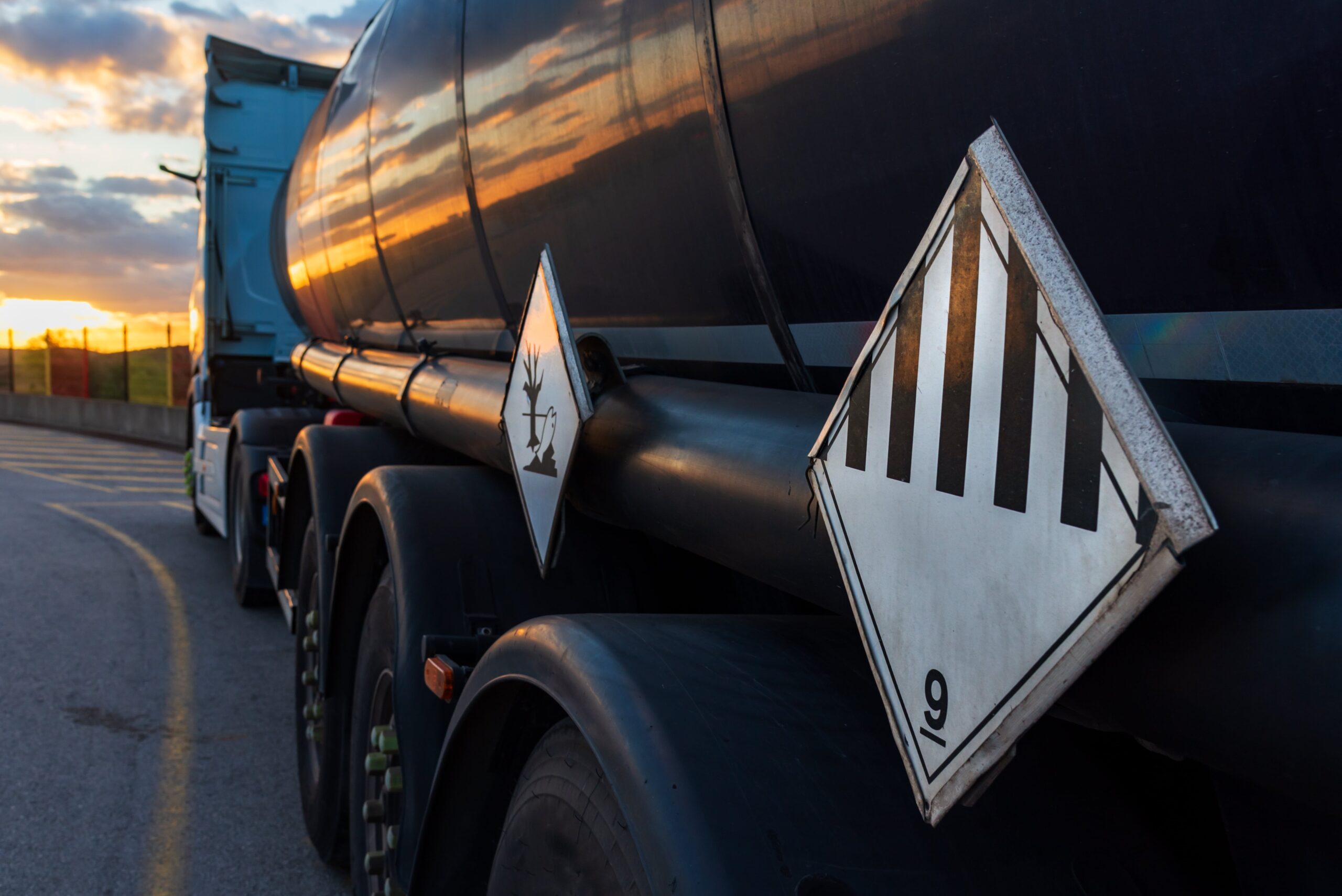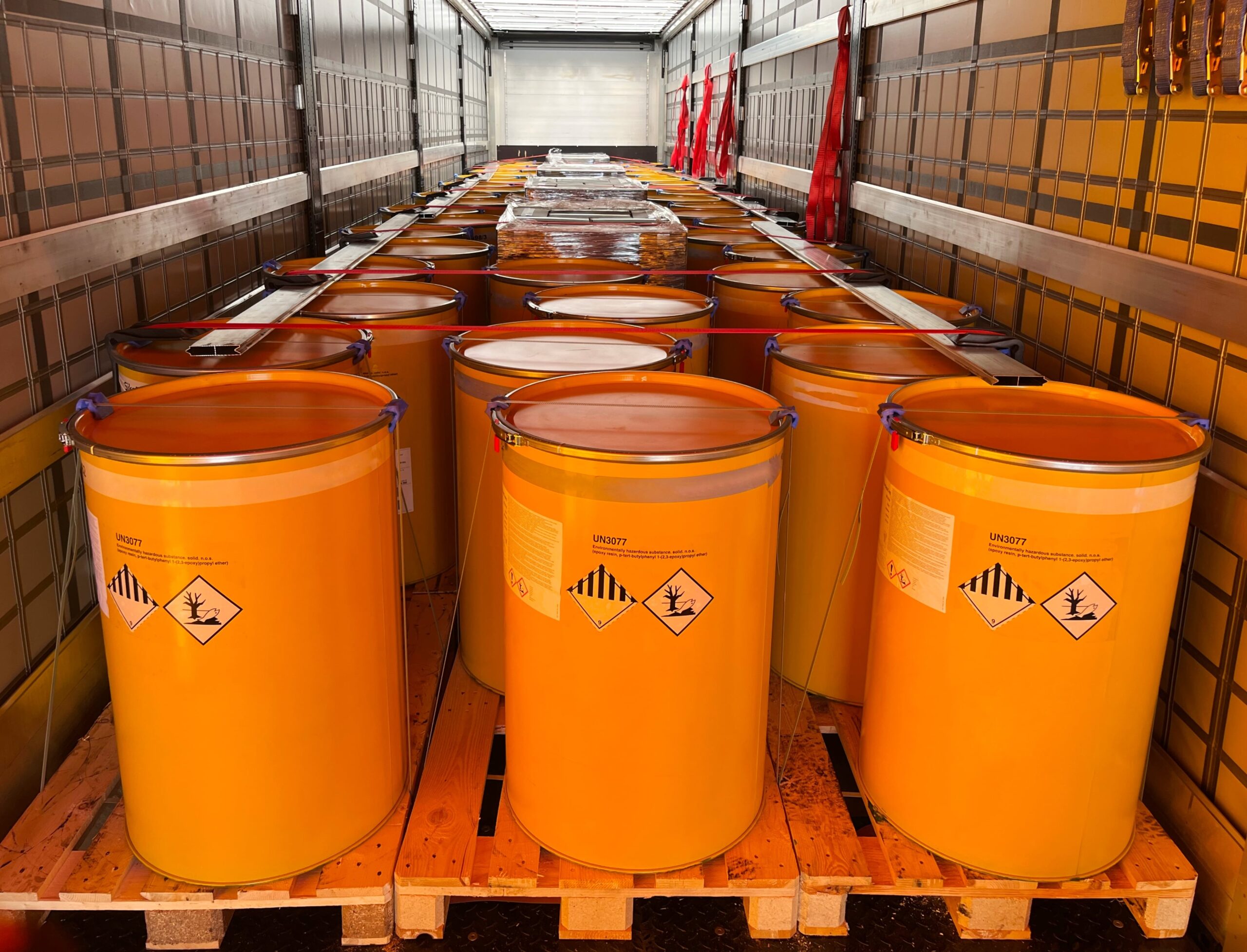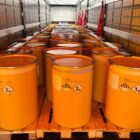Table of Contents
If ordinary HGV driving just isn’t dangerous enough for you or you want to spice up your daily routes, driving an ADR lorry or HGV could be the solution.
But what do you need to do to have the qualifications to carry toxic or flammable goods?
Let’s find out together!
What is an ADR lorry?
The ADR lorry meaning is abbreviated from the very long treaty name that sets out the rules for the safe transport of hazardous materials across international borders, the ‘European Agreement Concerning the International Carriage of Dangerous Goods by Road’, when translated from the original French.
As a result of this United Nations Economic Commission for Europe (UNECE) treaty, ADR lorries can carry a range of goods, including toxic substances and:
- Explosives
- Gases
- Flammable liquids
- Flammable solids
- Oxidising substances
- Radioactive substances
- Corrosive substances
- Miscellaneous substances
- Petroleum products*
Once sufficiently trained, ADR drivers can transport one or more of these products, offering essential services to businesses and infrastructure alike.
*Drivers hauling petroleum products will need a petroleum driver passport, which is issued after separate training and assessment.
Did you know: HGVTN has over 50 nationwide locations you can choose from? This means you can train close to home without extending your day with a long commute.

ADR lorry training
If you are interested in carrying slightly more adventurous goods, you’ll need to complete specific ADR training.
Unlike CPC training or HGV training, which gives you an overview of driving professional vehicles, ADR lorry training focuses specifically on core knowledge, an optional packaged goods module, and the various goods classes considered dangerous. This includes:
- Class 1 explosives – explosive charges, fireworks, etc
- Class 2 gases – like butane and aerosols
- Class 3 flammable liquids – such as petrol
- Class 4 flammable solids – including matches and firelighters
- Class 5 oxidising substances – like agents and organic peroxides
- Class 6 toxic and infectious substances – medical waste and biological cultures
- Class 7 radioactive materials – such as mixed fission products
- Class 8 corrosive substances – battery fluids and paints
- Class 9 miscellaneous dangerous substances – including dry ice and lithium-ion batteries
ADR refresher training is also available for current drivers who have been driving an ADR lorry for five years.
Whether you need initial or refresher training, HGVTN can help you! Just get in touch with our friendly team, and we’ll arrange ADR training at a site that suits you!
Is an ADR lorry allowed to carry toxic substances on UK roads?
Thanks to the specialist knowledge and skills that are given as part of ADR lorry training, drivers can bring toxic and even flammable substances across borders.
Covering everything from understanding the regulations, identifying hazards, packing, documentation, and implementing safety measures, once completed, you’ll be confident and capable of handling even the most dangerous of goods. .

Come to HGV Training Network for ADR lorry training
HGV Training Network can help with ADR training, whether you are long in the tooth and need a change of pace or are fresh to HGV driving.
Plus, thanks to our team of experienced professional drivers who have years of industry experience, we can teach you in different ways and give insights into the very best ways to do things.
Sound good? For more information on our ADR training courses, get in touch with a member of the team today and we’d be happy to assist you.








